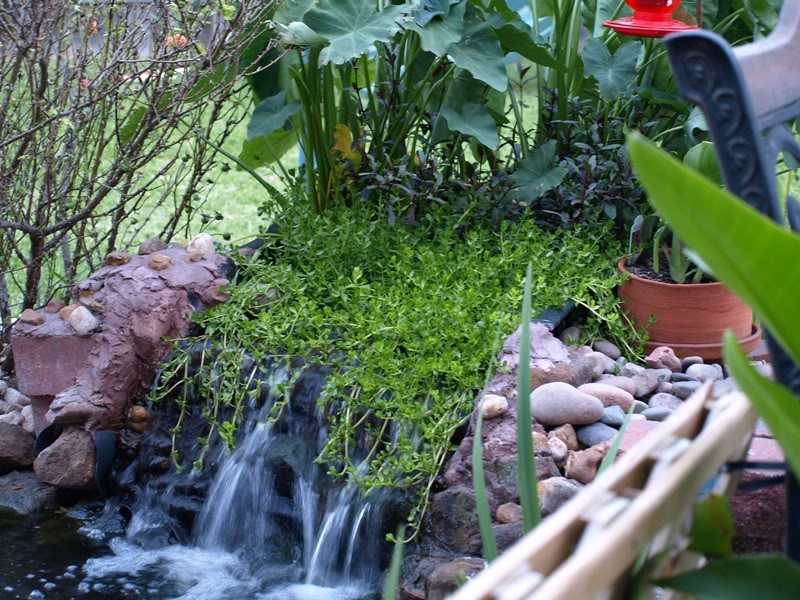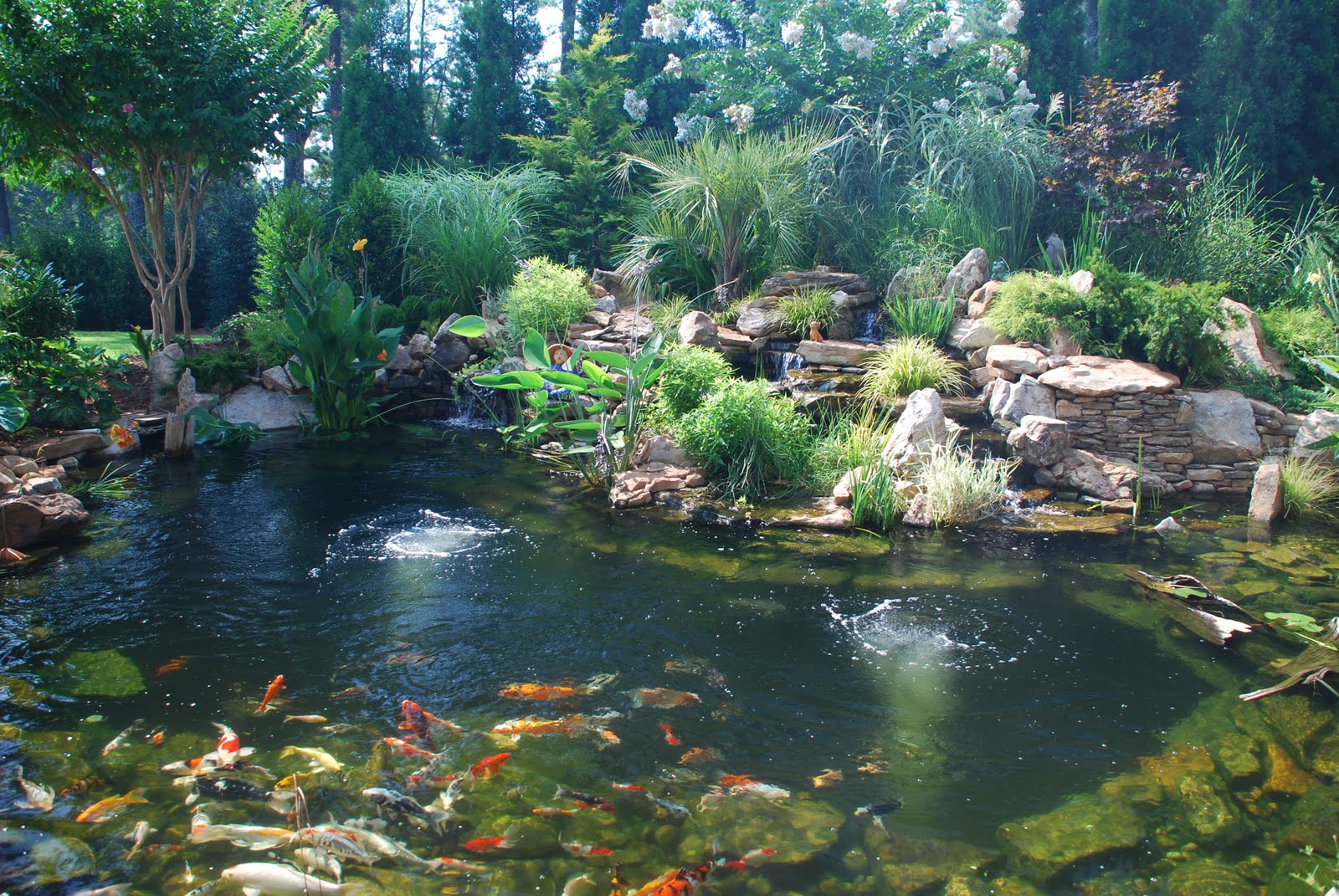Creating the Perfect Koi Pond: The Importance of Salinity Levels
Introduction
If you’re a koi enthusiast, you know how important it is to maintain optimal water conditions in your pond. There are many factors to consider when it comes to pond maintenance, such as pH levels, water temperature, and filtration. But one element that is often overlooked is salinity levels. In this article, we’ll dive into the topic of koi pond salinity and why it’s crucial for a healthy pond ecosystem.
What is Koi Pond Salinity?
Koi pond salinity refers to the amount of salt in the pond water. While many people assume that all ponds have zero salinity, this isn’t necessarily true. In fact, a small amount of salt can actually be beneficial for your koi’s health.
The Benefits of Adding Salt to Your Koi Pond
So why add salt to your koi pond? The answer lies in the numerous benefits that it provides:
1. Stress Reduction
The addition of salt to your pond can help to reduce stress levels in your koi. This is because salt helps to improve their slime coat, which is the protective layer that covers their skin. When the slime coat is compromised, it can make koi more susceptible to disease and other illnesses. By adding salt to your pond, you’re helping to strengthen this important barrier.
2. Improved Gills
Salt can also help to improve the function of your koi’s gills. This is because it helps to reduce the amount of mucus that can build up in their respiratory system, allowing for better oxygen exchange. This can be especially beneficial during warmer months when oxygen levels in the water can become depleted.
3. Parasite Prevention
Adding salt to your pond can also help to prevent certain parasites from taking hold. For example, ich, which is a common parasite that affects koi, cannot survive in water that has a salinity level of 0.3% or higher. By maintaining optimal levels of salt in your pond, you can help to keep these harmful parasites at bay.
How to Test for Koi Pond Salinity
Now that you understand the importance of koi pond salinity, let’s talk about how to test for it. The easiest way to do this is by using a salinity meter. These meters can be purchased online or at your local aquarium supply store. They work by measuring the electrical conductivity of the water, which is then used to calculate the salt content.
Maintaining Optimal Salinity Levels
So what are the optimal salinity levels for a koi pond? Generally speaking, a salinity level of 0.1% to 0.3% is ideal. This equates to approximately one to three pounds of salt per 100 gallons of water. It’s important to note that different species of fish may require slightly different salinity levels, so it’s always a good idea to do your research beforehand.
Adding Salt to Your Koi Pond
Once you’ve determined the ideal salinity level for your koi pond, it’s time to add the salt. The best way to do this is by pre-dissolving the salt in a bucket of pond water before pouring it into the pond. This will ensure that the salt is evenly distributed throughout the water.
Monitoring Salinity Levels
After adding salt to your pond, it’s essential to keep a close eye on the salinity levels to ensure that they remain within the optimal range. This can be done by testing the water regularly with your salinity meter. It’s also a good idea to keep track of the amount of salt you add to the pond, so you can adjust accordingly if needed.
Conclusion
In conclusion, koi pond salinity is an important factor to consider when it comes to maintaining a healthy and thriving pond ecosystem. By adding the right amount of salt to your pond, you can help to reduce stress levels in your koi, improve their gill function, and prevent harmful parasites from taking hold. Remember to test your water regularly and keep an eye on the salinity levels to ensure that they remain within the optimal range. Happy pond keeping!






